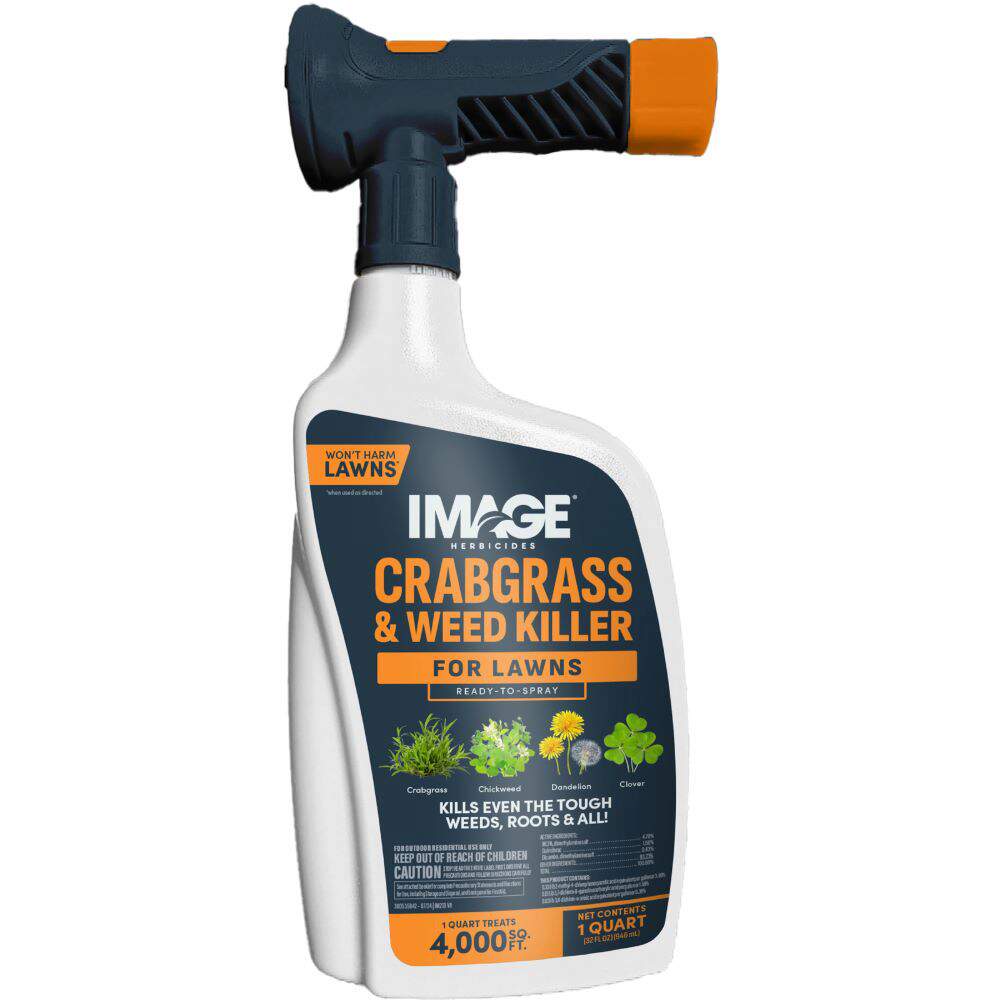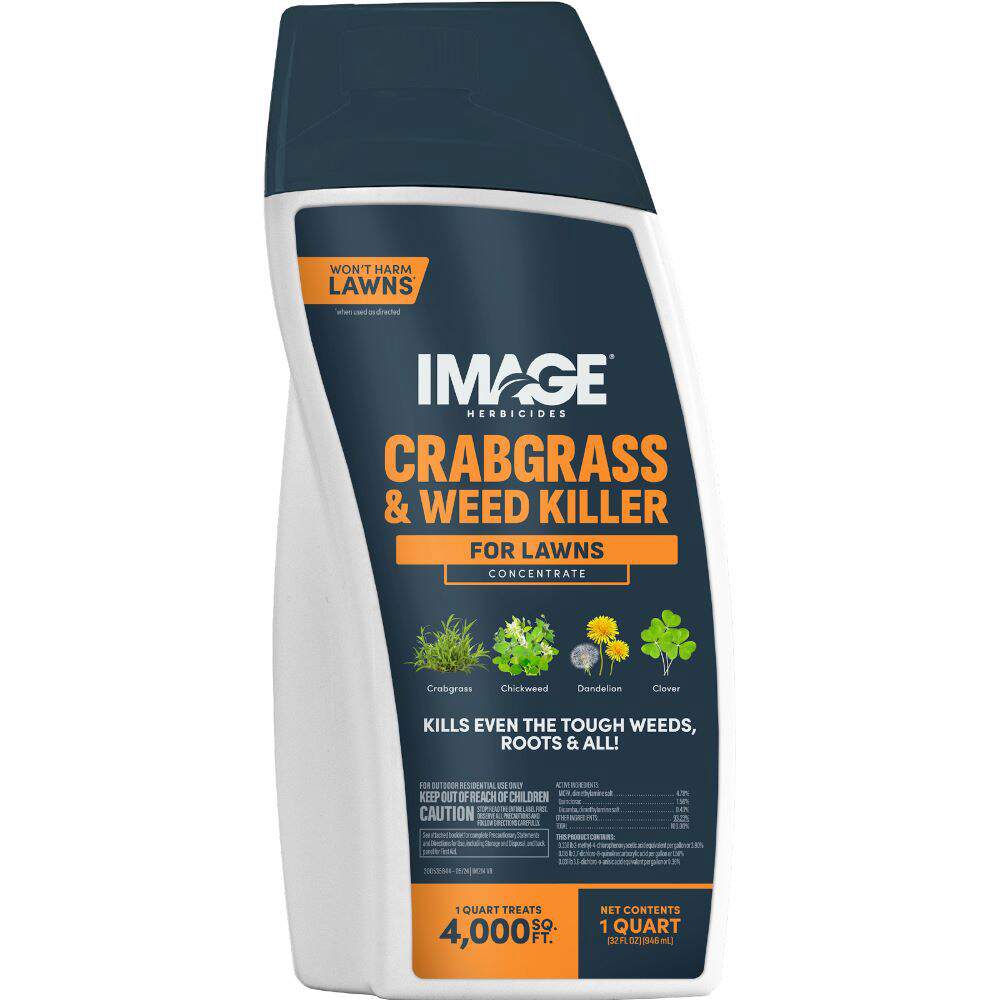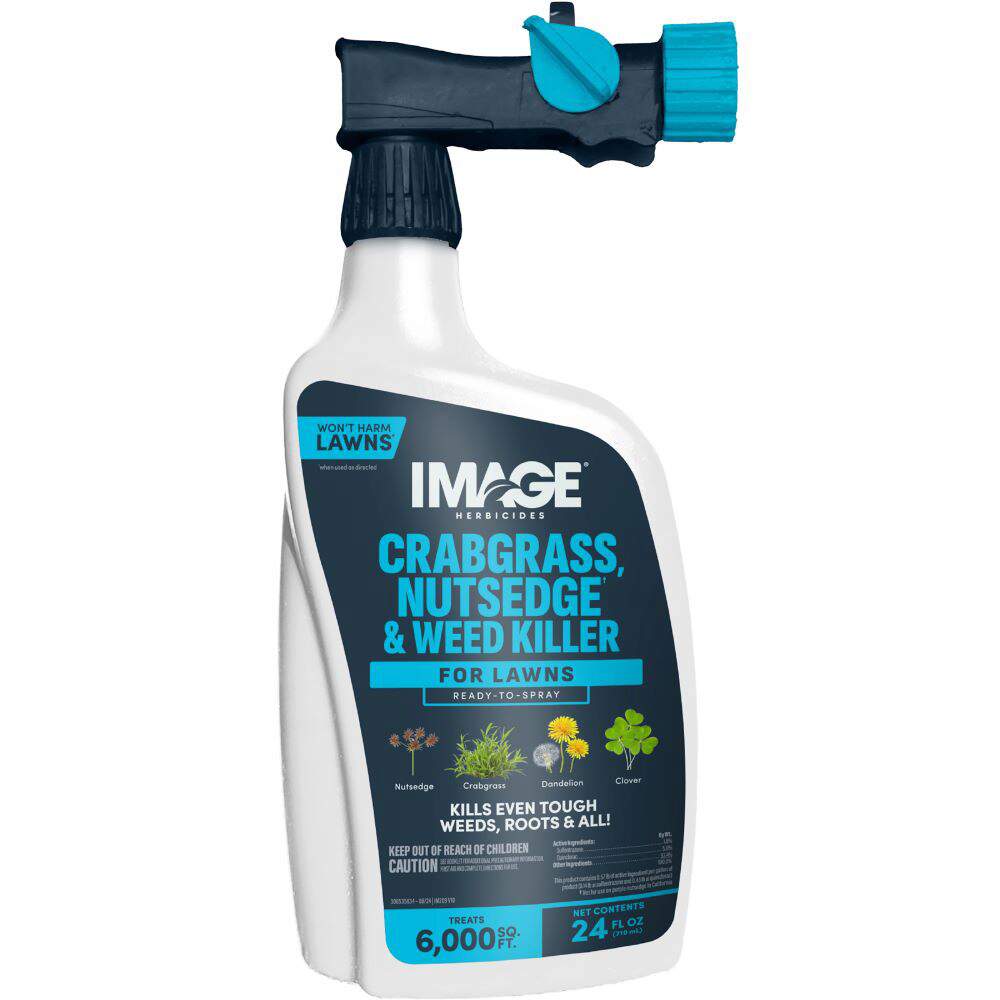HOW TO IDENTIFY SPEEDWELL
Speedwell weeds include both annual and perennial types. Some are North American natives, while others are invasive plants introduced from foreign lands. Various kinds of speedwell plague lawn owners. Several creeping types have slender, branching stems that grow close to the ground. The stems root at the leaf nodes as they creep along, then the tips turn upright and flower. Erect stem tips may grow 12 inches tall.
Speedwell leaves vary according to the species and their location on the plant. Some leaves are slender; others are thymelike or broad. Common speedwell has small, oval lower leaves, but it has pointed leaves on its flowering tips. Unlike the lower leaves, these stalkless upper leaves clasp the stem. Many speedwells, but not all, have hairy leaves and stems.
Depending on the species, speedwell flowers appear in short, dense spikes or solo, where leaves meet stems. The 1/2-inch blue flowers have dark blue lines and bluish-white centers. Hairy, heart-shaped seed capsules contain yellow oval seeds.
WHERE AND WHY SPEEDWELL GROWS
Speedwell is found throughout the continental United States and much of Canada. It grows in lawns, gardens, disturbed areas and farm fields. The weed is most aggressive in shady, moist soil, but it also tolerates dry soil and full sun.
When turf is thin, speedwell moves in to form large dense patches in lawns. Both annual and perennial types spread primarily by seed. Flowers and seeds appear from spring through fall, with individual plants producing thousands of seeds. Some speedwell seeds remain viable in soil for up to 30 years.
HOW TO CONTROL SPEEDWELL
When treating speedwell or other lawn weeds, always read product labels and follow instructions. Some lawn grasses are sensitive to herbicides, so make sure the label lists your grass type. Only treat established lawns, not newly seeded areas. For best results, treat speedwell when plants are young and small.
Image Herbicide offers several highly effective liquid products to kill or control speedwell:
- Image Lawn Weed & Crabgrass Killer, available as Ready-to-Spray and Concentrate products, kills even tough speedwell — roots and all. For best results, apply this selective post-emergent herbicide when speedwell is growing actively and soil is moist.
- Image All-in-One Lawn Weed Killer, available in Ready-to-Spray and Concentrate options, is a selective post-emergent weed killer. This herbicide starts working on contact to kill difficult speedwell and other listed weeds to the root.
- Image Southern Lawn Weed Killer for St. Augustinegrass and Centipedegrass, available in Ready-to-Spray and Concentrate form, starts working immediately to kill speedwell. This hard-to-control weed may require two applications and the higher use rates specified on the product label.
Speedwell Control Tip: Speedwell takes advantage of poor lawn maintenance to take over thin, struggling turf. Help your lawn hold its ground with regular fertilization, proper mowing and irrigation, and grasses suited to your region.
If you prefer a granular option for post-emergent weed control, turn to Pennington UltraGreen Weed & Feed 30-0-4. This combination fertilizer and herbicide product controls speedwell and feeds your lawn.
Always read product labels thoroughly and follow instructions, including guidelines for lawn grasses, frequency of applications and seasonal maximums that may apply.
SPEEDWELL GALLERY

Speedwell Patch

Speedwell on Grass

Speedwell Flower

Corn Speedwell

Speedwell Hairy Stem and Leaves

Speedwell Foliage

Speedwell Seeds




